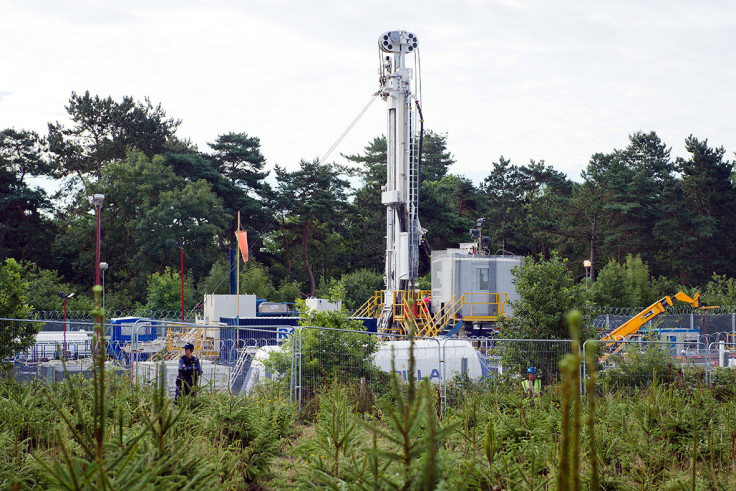Fracking earthquake: Scientists confirm biggest hydraulic fracturing tremor yet in British Columbia

Researchers have identified the largest earthquake to date linked to fracking: a magnitude 4.6 tremor in northern British Columbia. It occurred in August, but it took scientists months to finally confirm calculations that the quake was due to fracking, reports Gizmodo.
Progress Energy immediately put a hold on their hydraulic fracturing operation following the earthquake at the company's work site. Seismologists from the Natural Resources Canada and Geoscience BC were quickly called in to study the site along with Oil and Gas Commission. "This seismic event was caused by hydraulic fracturing," said Ken Paulson, CEO of the Oil and Gas Commission.
The unusually large quake for the region rattled locals. "My house got shook. The couch I was on was actually shaking with me," said one resident.
Progress Energy says it takes the incident very seriously, and is closely monitoring seismic activity near its frack sites. Between August 2013 and November 2014, some 230 seismic events in the region were tied to oil and gas activity
Fracking is a natural gas extraction method that injects fluids underground to crack (or fracture) rock and release the gas. The process has been linked to unusual earthquakes in Texas, Kansas, Arkansas and Colorado.
Oklahoma experienced an astonishing 70 quakes in a single seven-day period, it was reported on 8 January. The Oklahoma Geological Survey "considers it very likely that the majority of recent earthquakes, particularly those in central and north-central Oklahoma, are triggered by the injection of produced water in disposal wells," the agency announced.
© Copyright IBTimes 2025. All rights reserved.






















